Samsung Galaxy Ring review | Infinium-tech
Wearables have recently gained a new form factor, with a few different companies having already released a smart ring. However, Samsung is by far the biggest company to enter the space and thus has the most potential to make an entry. The company first teased the Galaxy Ring during MWC 2024 in February, but it took almost four more months for the product to become official.

The Galaxy Ring officially launched on July 10, launching in several different markets and is available in US ring sizes 5-13. Different sizes come with one of three different battery capacities — larger rings take advantage of their extra space to last longer. We tested size 11 in black and used it long enough for the Galaxy AI to kick in, and here’s what we found.
Unobscuring and Operations

A free sizing kit comes with every Galaxy Ring purchase. Samsung sends you a kit with plastic models of different sizes and recommends that you wear it for at least 24 hours before deciding on a size to make sure it’s comfortable.
Our review unit was size 11 and weighs just under 3 grams with its 18mAh battery. It’s extremely light so you don’t feel its presence almost immediately, but it’s not a small ring so you will feel it when you use that hand.

Being so lightweight, it doesn’t have the same feel as a regular ring, but when you consider that this is a health tracker targeted at a much wider audience, being lightweight is definitely a bonus.



Samsung Galaxy Ring in three colors
The concave design is attractive, and Samsung has added a small mark to indicate which side should be facing down. It has three important sensors: an optical bio-signal sensor to monitor heart rate, a skin temperature sensor to track sleep, and an accelerometer to track activity.

The Galaxy Ring doesn’t vibrate, move, or emit light, except for its HR sensors. The sensors glow during readings, but you won’t notice them due to their position between the ring and your finger.

Samsung does say that you need a Galaxy smartphone to use the Galaxy Ring to its full potential, but the truth is that it pairs easily with any Android phone with Samsung’s wearable and health apps. We tested it with an Honor phone and the only thing we missed was the gesture control to mute the alarm or act as a remote shutter. Yet our main review was done using a Galaxy phone within the Samsung ecosystem.
Health Tracking
The wearable app handles setup, updates, and battery management, while the Health app provides daily feedback. The Galaxy AI gets to show its strength here, using biometric data to provide you with some valuable information.
Arguably the most interesting feature is the energy score, which reflects your current physical and mental state. This score includes all factors such as sleep quality, heart rate, and activity levels.
It took the AI a week of consistent use to recognize patterns — highlighting days with above-average activity and suggesting possible causes for restless nights. It also identified things like alcohol consumption or external disturbances with impressive accuracy.
The other major feature that comes with the presence of the Galaxy Ring is sleep tracking. Wearing the ring at night is a lot less troublesome, unlike those bulky watches, which means a lot of people will prefer to wear it at night.
What Samsung Health did provide us with was very accurate sleep tracking and then used that to provide sleep information. We found it to be pretty accurate in identifying areas for improvement.



Sleep analysis on Samsung Health
There’s also an attempt to gamify it – each score range corresponds to an animal, which motivates you to reach the next category. The ring also tracks snoring (using the phone’s mic) and alerts you about it.




Sleep analysis on Samsung Health
The final arrow in the Galaxy Ring’s quiver is to control your phone with pinch gestures. It currently does only two things – you can use it as a remote shutter or silence an alarm without reaching for your phone. Right now it only works on phones running OneUI 6.1.1 and Samsung recommends you wear the ring on the index finger to get the most accurate detection of the gesture.
The Galaxy Ring isn’t afraid of getting wet, with 10ATM water resistance and an IP68 rating. Being on your finger, it’s bound to get wet when you wash your hands, but we’re happy to report that this doesn’t affect its performance.
The titanium it’s made of is also quite durable, although it did suffer a few minor scratches when we did some barbell work with it. It’s sensible not to wear the ring to the gym, but we did use it as a test of more durability. We believe the ring will hold up well after a year or two of wear, and it will take quite a while to show its age, depending on how often your hand hits materials harder than titanium.

When it comes to fitness tracking, Samsung boasts automatic activity detection. In practice, the ring detects movement quickly and accurately, but the overall running companion experience is mediocre. Without GPS, it relies entirely on the accelerometer, which provides less accurate data for speed and distance.
We compared it to the Strava app on the Huawei Watch and Galaxy phones and found that the ring consistently gave the least reliable stats. It struggles to distinguish between running and walking and isn’t ideal for people who take running seriously, let alone other sports.

Finally, let’s talk about battery life. Samsung claims up to six days of battery life for the size 11 Galaxy Ring, but in our tests, it lasted about five days. The ring fully charges in less than 60 minutes, and the case, which supports wireless charging, can fill the ring’s battery twice before needing a top-up.
Samsung claims that if you pair the Ring with the Galaxy Watch, you’ll get a 30% longer battery life as it offloads some of the measurements to the Watch along with its bigger battery. However, we don’t see any point in getting both unless you really need the sleep tracking data but can’t stand sleeping with the Watch on.
Decision
The Samsung Galaxy Ring aims to be the leading health tracker, creating a whole new product category. While there are other smart rings on the market, Samsung’s huge distribution network and marketing budget mean it will have no trouble overtaking the rings that precede it. But of course the company’s ambitions don’t end there.
The Galaxy Ring has to convince a large number of people that they need another tech accessory in their lives. Does it have everything it needs?
It looks fine and we actually think it’s more comfortable to sleep with, making it a better sleep tracker. The AI suggestions are helpful and the user-friendly app interface means tech enthusiasts will at least have this on their short list.

There’s also the matter of battery life, where the Galaxy Ring edges ahead of the Galaxy Watch series. However, it doesn’t last as long as other manufacturers’ proprietary OS watches, so that’s not an obvious selling point.

The main obstacle to widespread acceptance is pricing. The Galaxy Ring costs $399/£399/€449, which isn’t a huge amount in itself, but it is more expensive than the Galaxy Watch 7, which is undoubtedly a more versatile device.
Even with the promise that the excellent health app will never require a paid subscription (the way some competing rings do), it’s pretty hard to justify a smaller-sized smart band without a display costing more than a full-featured WearOS watch.

But maybe we’re looking at it the wrong way – jewellery isn’t considered the most rational purchase, and the Galaxy Ring does a great job of decorating your finger. The whole tracking thing is just a nice little perk.


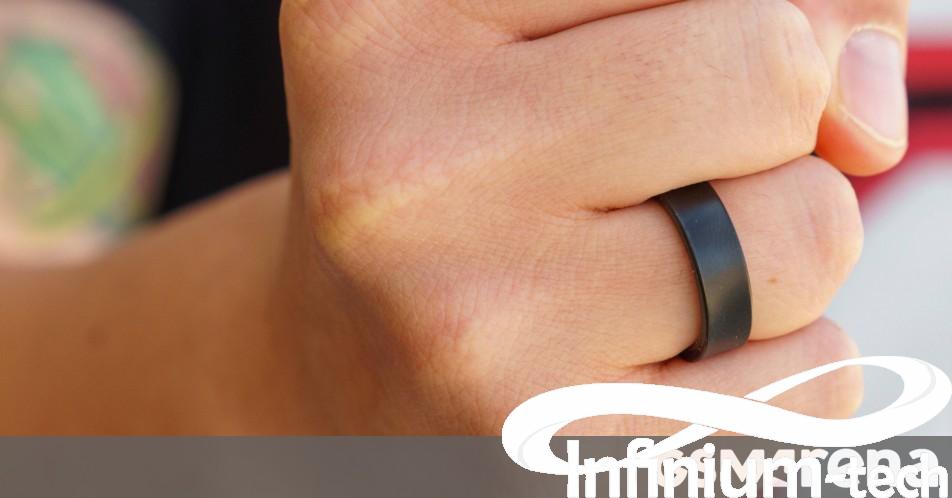



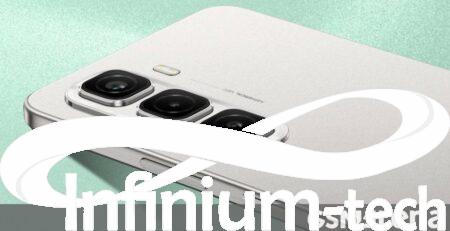



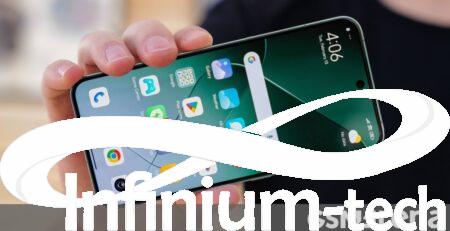

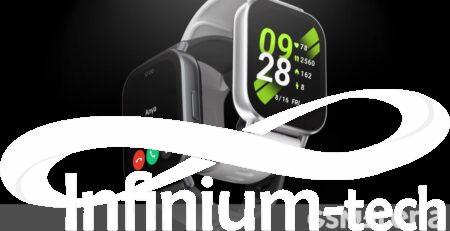
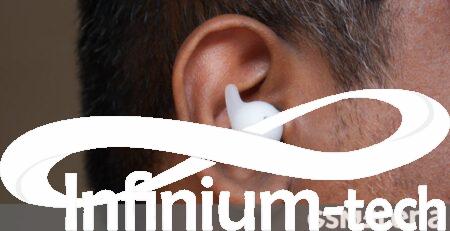
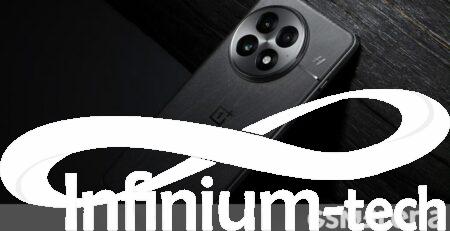


Leave a Reply